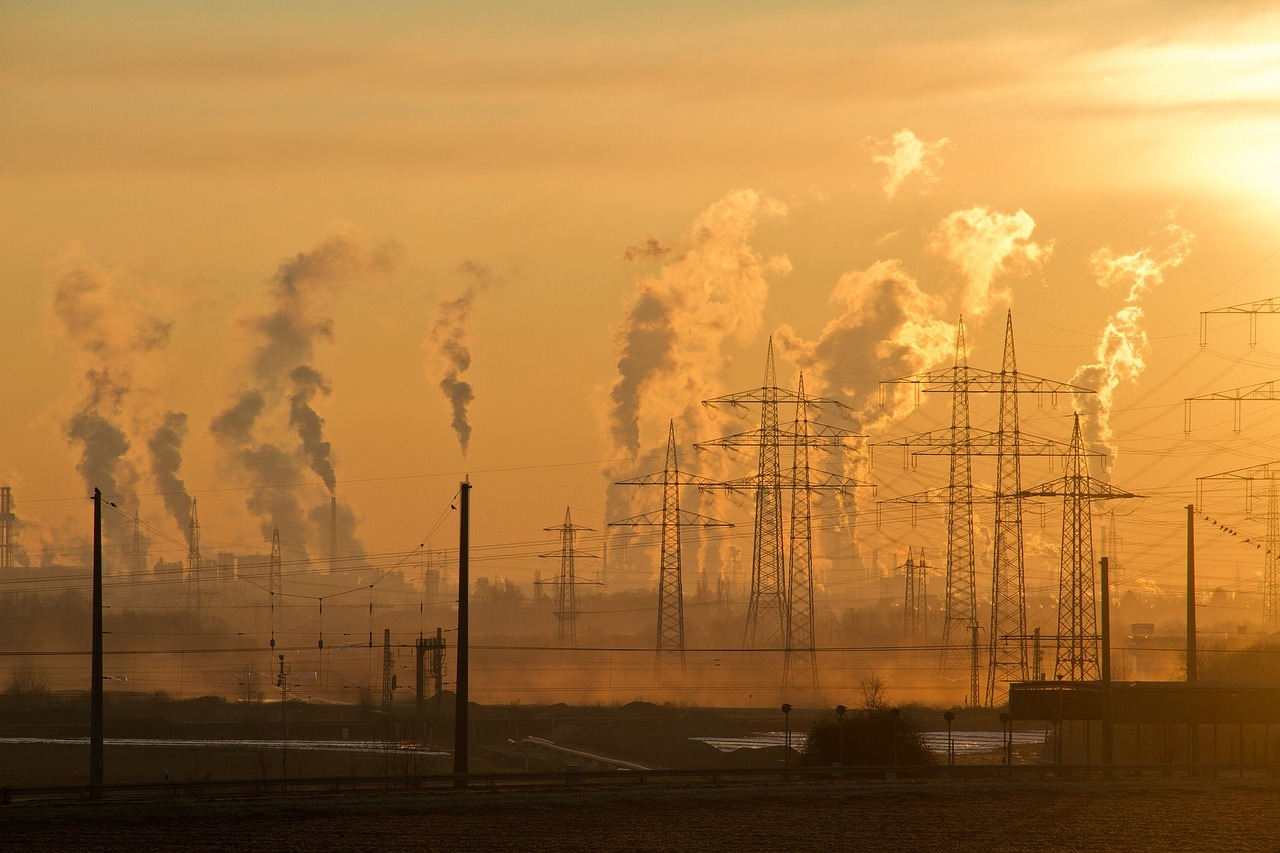Unit 16: Our Environment
Unit 16: Our Environment

Unit 16: Our Environment
 Unit 16: Our Environment
Unit 16: Our Environment
Our environment encompasses the natural and built surroundings in which we live, including the Earth's ecosystems, atmosphere, oceans, land, and human-made structures. It provides the resources and conditions necessary for life to thrive and supports a diverse array of ecosystems, species, and human societies.
Key aspects of our environment include:
Ecosystems: Ecosystems are dynamic communities of living organisms (plants, animals, microbes) and their physical environment (soil, water, air) interacting as a functional unit. They provide essential services such as air and water purification, soil fertility, climate regulation, and habitat for biodiversity.
Biodiversity: Biodiversity refers to the variety and variability of life forms on Earth, including genetic diversity within species, species diversity within ecosystems, and diversity of ecosystems across landscapes. It is crucial for ecosystem resilience, food security, medicine, and cultural heritage.
Natural Resources: Natural resources are the materials and energy sources provided by nature that humans use for their survival and well-being. They include renewable resources such as air, water, sunlight, forests, and fisheries, as well as non-renewable resources such as minerals, fossil fuels, and groundwater.
Climate and Weather: Climate refers to long-term patterns of temperature, precipitation, wind, and other atmospheric conditions in a particular region, while weather refers to short-term variations in these conditions. Changes in global climate patterns, including global warming and climate change, have significant impacts on ecosystems, weather patterns, and human societies.
Human Impact: Human activities, including industrialization, urbanization, agriculture, transportation, and resource extraction, have profoundly altered the natural environment. Pollution, deforestation, habitat destruction, overexploitation of resources, and greenhouse gas emissions are among the major threats to environmental health and sustainability.
Environmental Protection: Environmental protection involves efforts to conserve and restore natural ecosystems, reduce pollution and waste, mitigate climate change, promote sustainable use of resources, and ensure environmental justice for all communities. It requires collaboration among governments, businesses, communities, and individuals to balance economic development with environmental stewardship.
Sustainability: Sustainability refers to the ability to meet the needs of the present without compromising the ability of future generations to meet their own needs. It involves integrating social, economic, and environmental considerations into decision-making processes to achieve long-term well-being for people and the planet.
Understanding and protecting our environment are essential for ensuring the health, resilience, and sustainability of ecosystems, biodiversity, and human societies. It requires collective action, informed decision-making, and a commitment to sustainable practices that conserve natural resources, minimize pollution, and promote harmony between humans and the natural world.
Vocabulary
Lesson Reading

